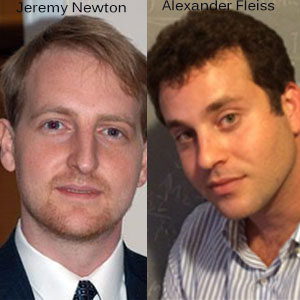THANK YOU FOR SUBSCRIBING

Large Language Models Expand the Application of AI in Business and Industry

The AI world and popular press worldwide buzzed with the release of DALL-E 2, the generative AI with 3.5 billion parameters developed by Open AI.
FREMONT, CA: The publication of DALL-E 2, an Open AI-developed generative AI with 3.5 billion parameters, caused a worldwide buzz in the AI community and the media.
Flamboyant text-to-image models have dominated the media and the industry. But another kind of large language model (LLM) has gained attention since the new interactive conversational chatbot's December public debut (which was also created and trained by OpenAI).
Versatile LLMs are Expanding Fast: LLMs are learning algorithms that can identify, condense, translate, forecast, and develop languages using very massive text-based datasets. They perform a variety of jobs with great accuracy, including responding to consumer inquiries and recognising and producing text, sounds, and images. Text-to-text, text-to-3D, text-to-video, digital biology, and other modalities are expanding in addition to text-to-image.
In the past two years, LLM neural networks have subtly increased the effect of AI in a variety of industries, including healthcare, gaming, banking, robotics, enterprise software and machine learning. Large language models have proven to be versatile and powerful, able to answer deep domain queries, translate languages, analyse and summarise texts, generate stories, and calculate programmes.
When ChatGPT was introduced, it was evident that a new type of LLM had emerged as the basis for generative AI and transformative neural networks (GPT stands for generative pre-trained transformer). They're being hailed as an innovative AI disruptor, including for business applications.
AI-first Infrastructures Enable Enterprise-grade LLMs: The concept gained popularity a year after it was first proposed in a significant research paper from 2017 with the introduction of the BERT (Bidirectional Encoder Representations from Transformer) open-source software and the GPT-3 model from OpenAI. These pre-trained models' capabilities and popularity have increased along with their complexity and size, which have recently increased by 10x annually. PaLM 540B and Megatron 530B, two of the largest models in the world right now, are LLMs. The foundation of ChatGPT is Open AI's GPT 3-5, which was released in late November 2022.
Convolutional and recurrent networks are being replaced by LLMs, one of the most recent and potent families of models. Combining specialised AI hardware, scalable architectures, frameworks, adaptable models, and automation with strong AI-first infrastructures has been a significant achievement. As a result, it is now possible to install and scale production-ready LLMs in a variety of popular commercial and enterprise-grade applications on public and private clouds as well as through APIs.
LLMs can assist businesses in encoding intelligence through learnt knowledge across several fields. By doing this, an innovation that increases and liberates the value of AI in ways that were previously only possible on supercomputers is sped up.
Weekly Brief
I agree We use cookies on this website to enhance your user experience. By clicking any link on this page you are giving your consent for us to set cookies. More info
Read Also













